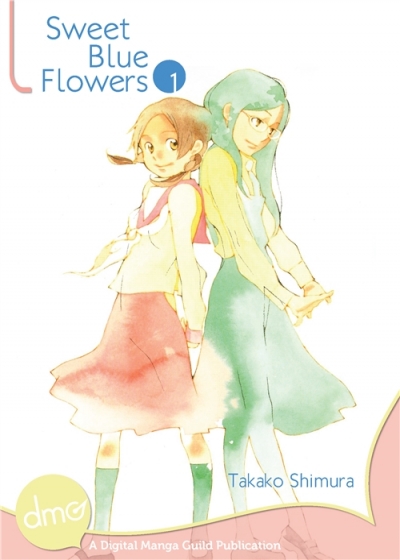Earlier this year my good friend Jocilyn Wagner contributed a review of Hiroki Ugawa's Shrine of the Morning Mist, Volume 1 to Experiments in Manga. She was recently inspired to do so more manga …
Continue Reading about Guest Post: Sweet Blue Flowers, Vol. 1 →
